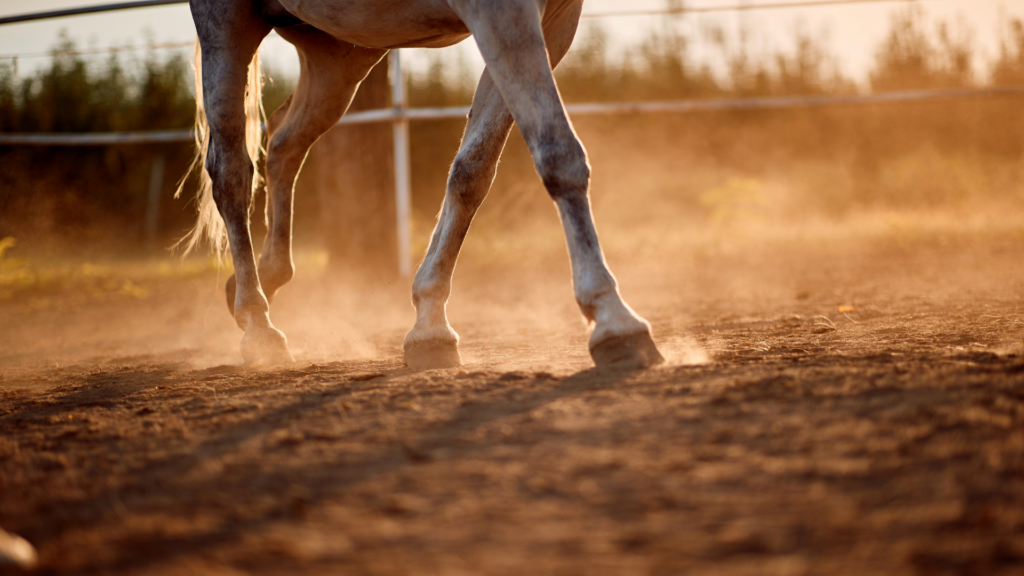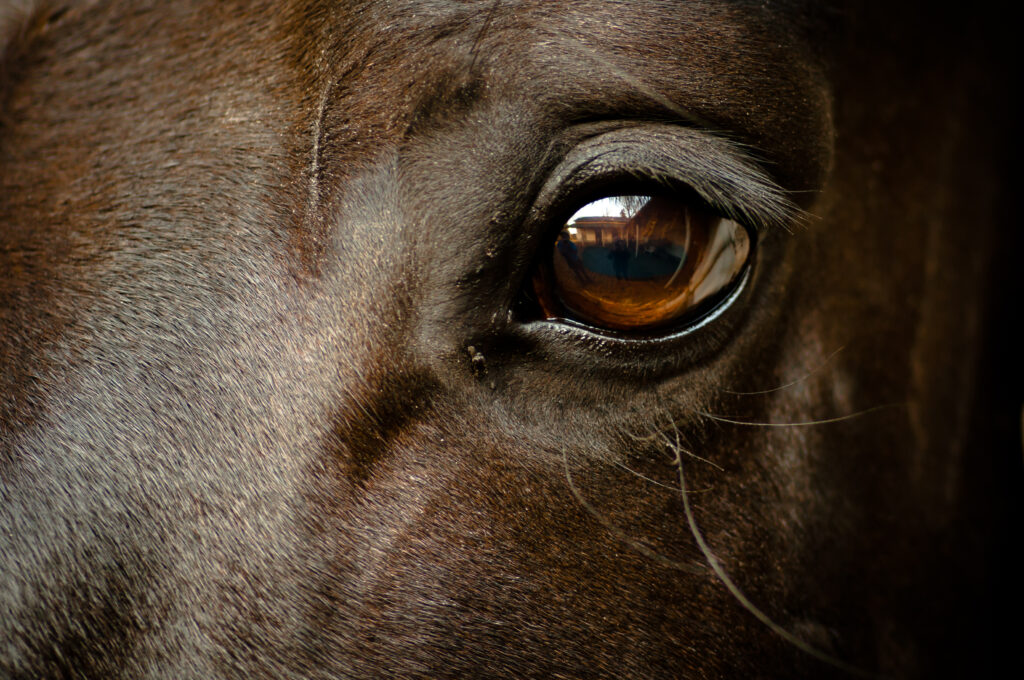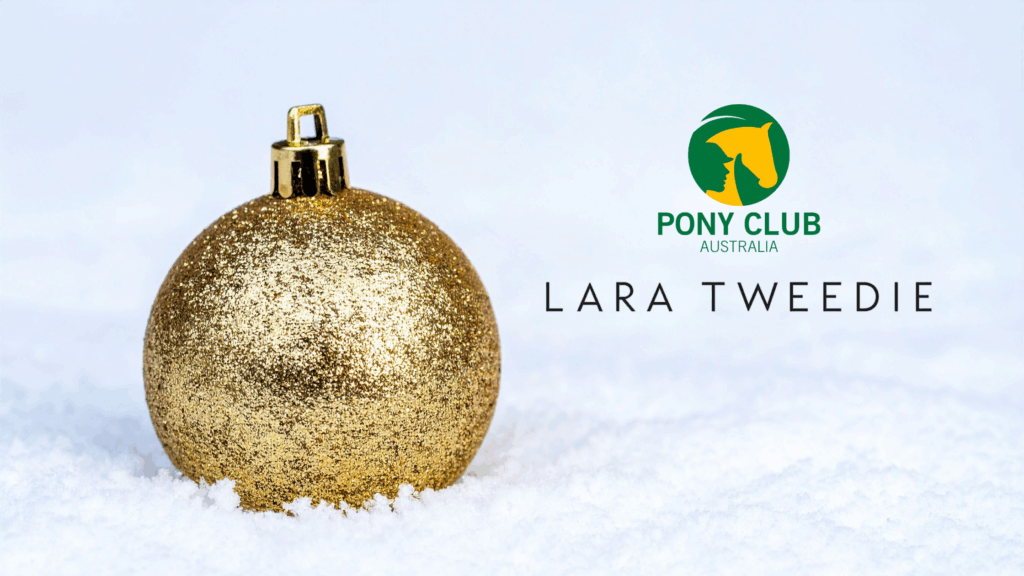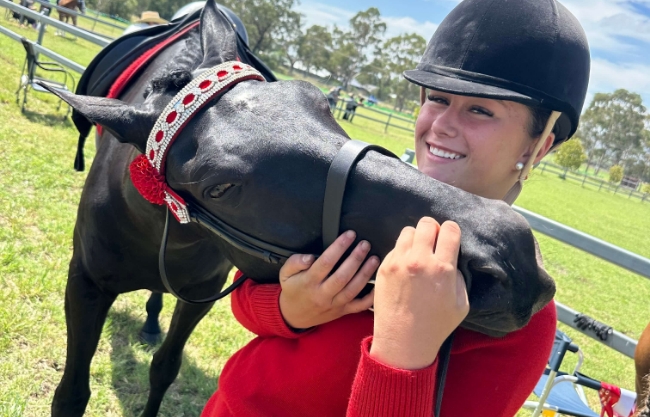By Fiona Dearing, Bit Right Equine bitting specialist
Last month we spoke about assessing some of the reasons behind wanting to move up to a bit with a stronger action for showjumping and cross country.
This month we’ll have a look at how some of these cheekpieces work. I’m just going to talk about cheekpieces in this article. Each of these cheekpieces can be purchased with a variety of mouthpieces which will also affect the action in the mouth and strength of the bit overall.
A direct action snaffle bit operates with varying levels of pressure on the horse’s tongue, bars (lower jaw), and lips. When we introduce bits with leverage, we are adding pressures to the poll and chin as well as increasing the pressures in the mouth. Leverage bits are not legal for dressage.
For a bit to apply leverage it must have a fixed point either within, or outside of, the mouthpiece. These fixed points also give you the option to adjust your rein placement to increase or decrease the aids applied.
The bevel or wilkie, the universal, and the old fashioned Dutch gag, have their pressures limited by how far the mouthpiece can travel through the cheekpiece. The running gag, which is not allowed in Pony Club rules, has the cheekpiece of the bridle run through the cheekpiece of the bit and attach to the rein. This means the pressures are unlimited and this style of bit should only be used by the most experienced of hands.
Bevel/Wilkie
The Bevel or Wilkie is the mildest of the leverage bit family. It’s often a popular choice for littlies on determined ponies to give small children just a little bit more control. The fixed points are oriented to the inside of the cheekpiece therefore the travel distance of the mouthpiece around the cheekpiece is small, hence the bit being less strong than others in the leverage family.
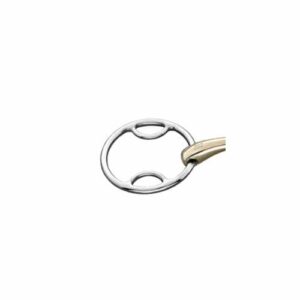
Universal
The Universal, or 2 and a ½ ring gag, is a modern take on the Dutch gag. Most brands have cheekpieces that sweep away from the face reducing the ‘squash’ effect the Dutch gag can have. The Universal is incredibly versatile with many different rein placement options for bitting up or down as required. This is a stronger form of leverage as the distance the mouthpiece travels is further and therefore more pressure is applied to the poll and the mouth. I recommend people starting with this bit use equalisers which will slow the application of pressures down, giving the horse time to react to the aid before the full pressure of the bit is applied.

Kimblewick
The Kimblewick is another great option for strong ponies carrying little people. It is a step down from the pelham. The pressures are reduced from the pelham as the reins are attached to a fixed place within the mouthpiece instead of below it. The Kimblewick has traditionally been a mullen mouthpiece, however more modern versions include a variety of mouthpieces to suit different horse’s needs. The Kimblewick must be used with a curb chain or strap. This applies chin pressure as well as limits the rotation of the cheekpiece. The Kimblewick is ridden with one rein.
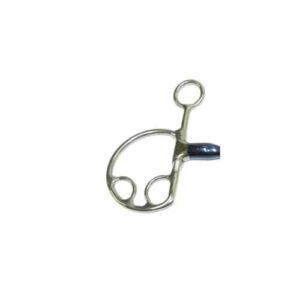
Pelham
The pelham is another great choice for a stronger horse but does apply a lot of pressures in the mouth, chin and poll. It must be used with either equalisers or two reins. It also must be used with a curb chain/strap to again limit the rotation of the cheekpiece. I generally recommend the equalisers as two reins can be a lot to manage in faster work. I also prefer a covered chain or leather strap to be used as the curb initially. The pelham shank comes in a range of lengths. The shorter lengths employ a faster aid, the longer shanks apply more pressures but do come on a little more slowly.
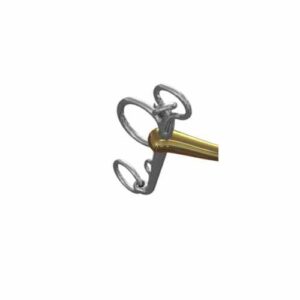
Dutch Gag
The Dutch gag is quite old fashioned now. The cheekpieces on them are flat and as they are generally combined with a single jointed mouthpiece the forces on the tongue and cheeks/lips are very strong. They lack the anatomical considerations bit manufacturers are now employing with more modern cheekpieces. This style of bit should always be used with equalisers and never used with the rein attached only to the bottom ring, again, due to the pressures exerted.
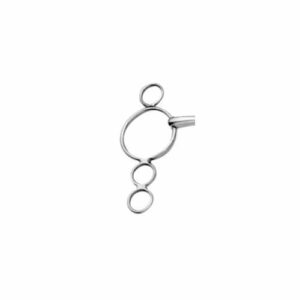
Again, moving up to a stronger bit should always be done with consideration around why you’re needing to make this move. We also need to ensure the bit fits correctly for the horse’s comfort and for the bit to operate effectively.
As always, please reach out via email of you’ve any questions at all.



